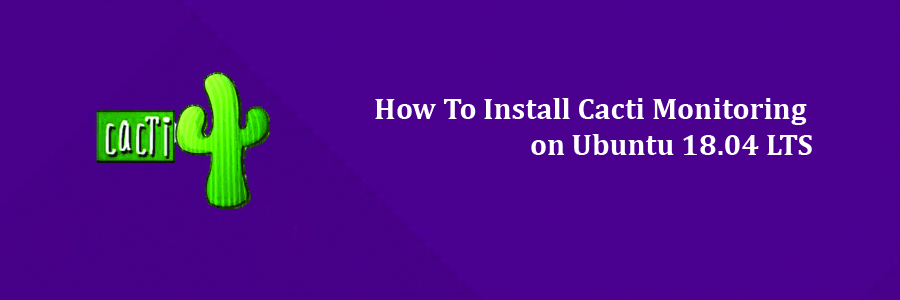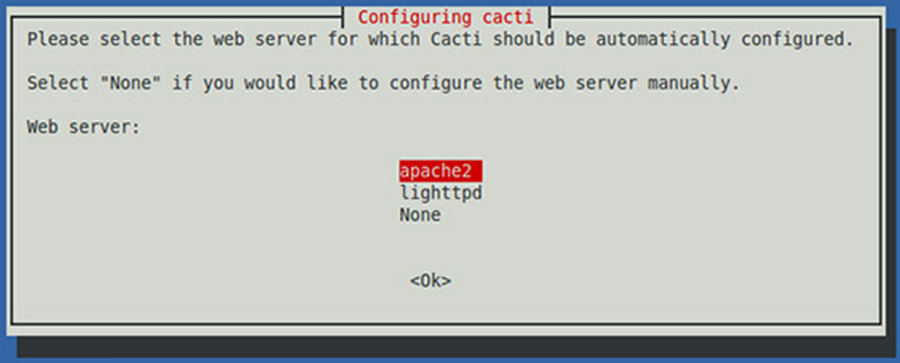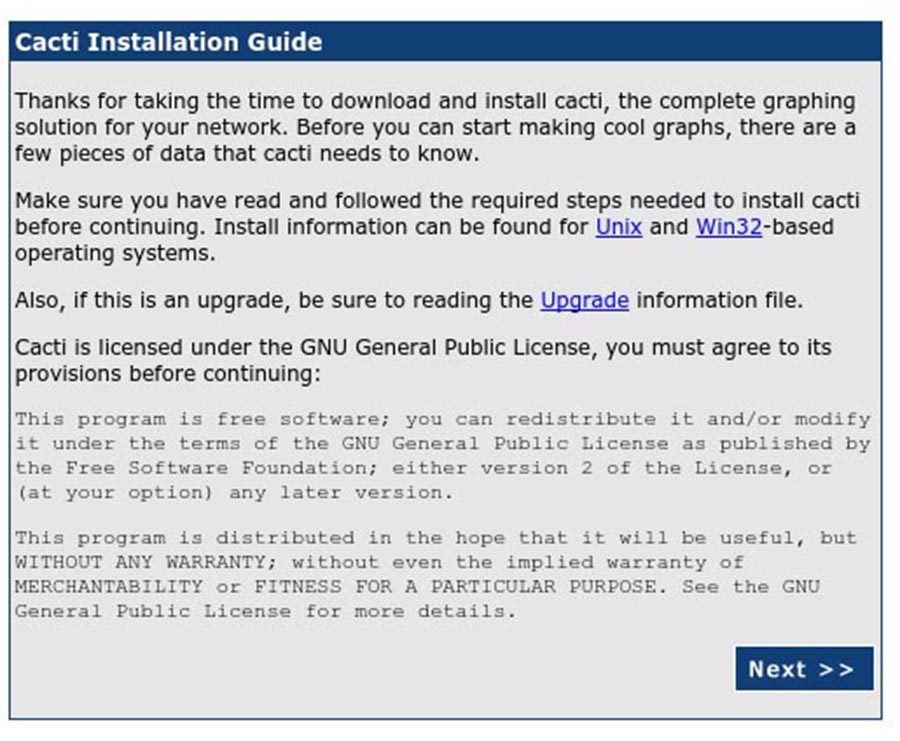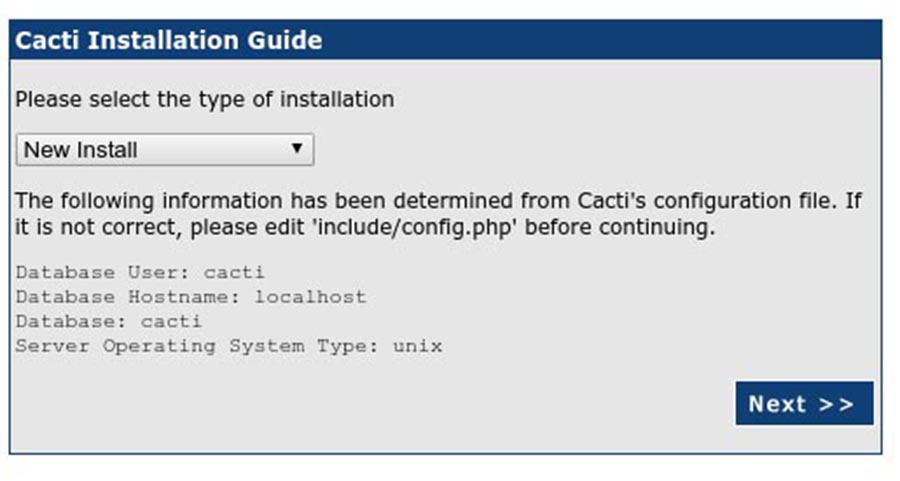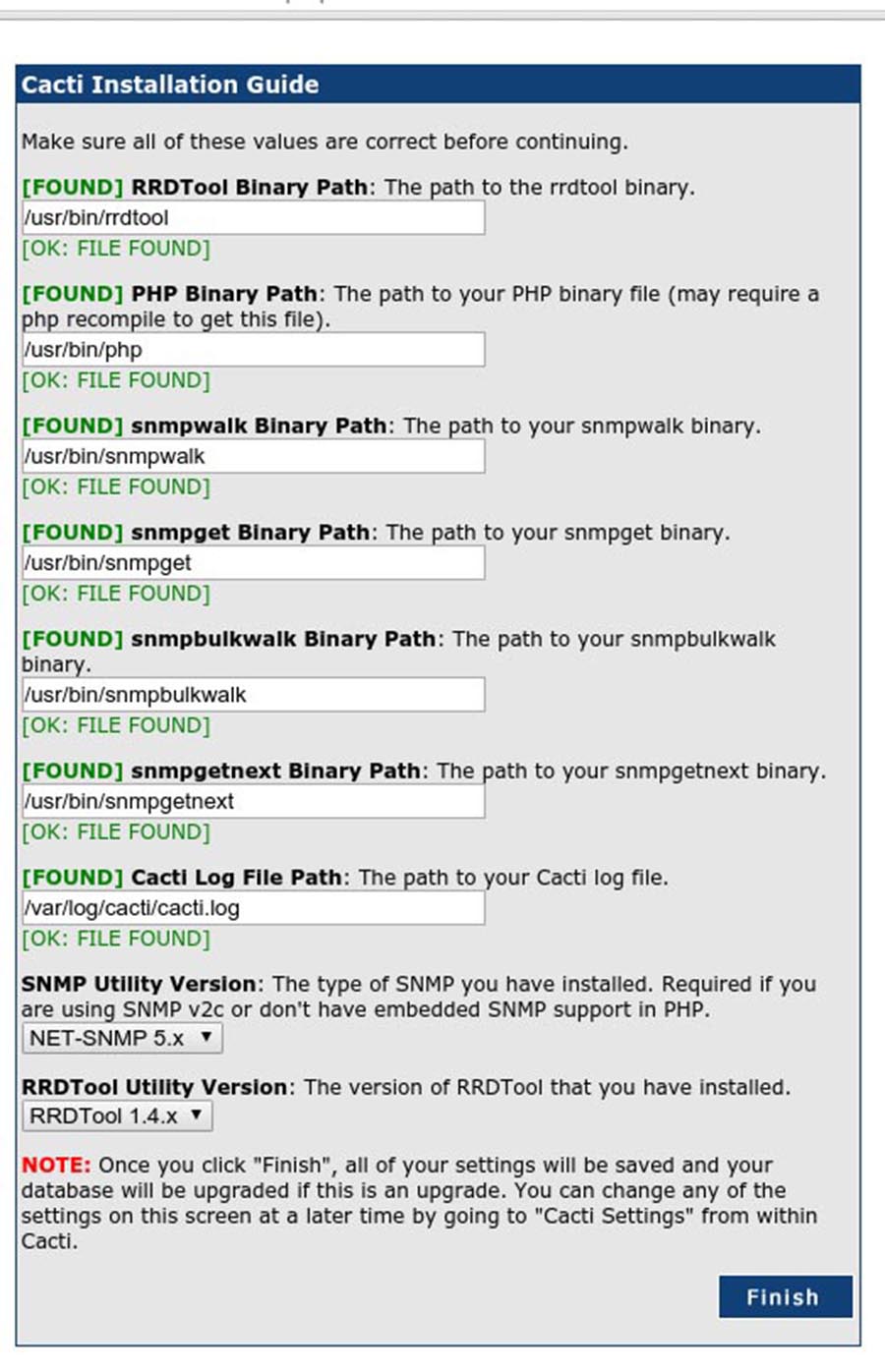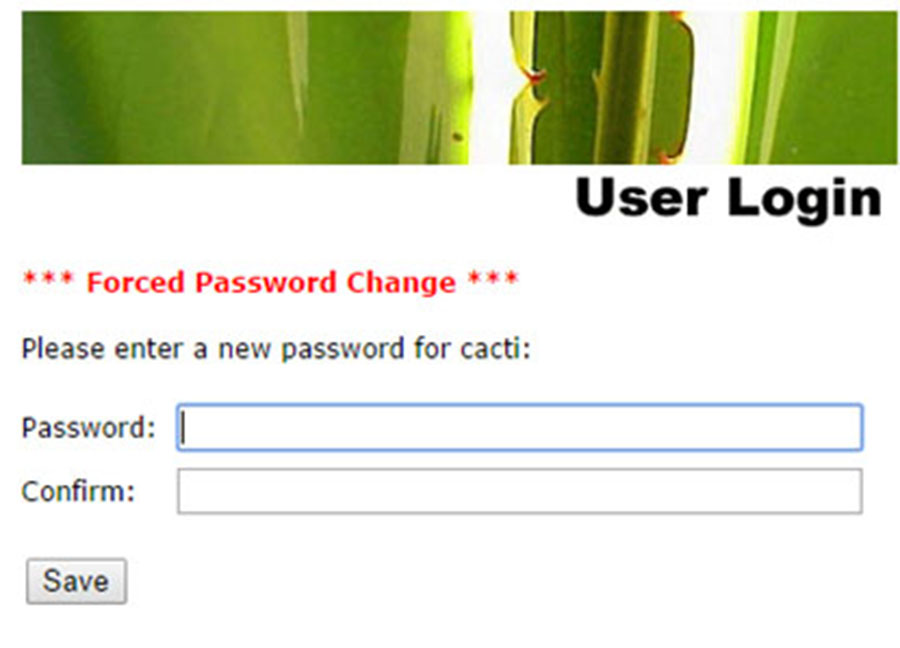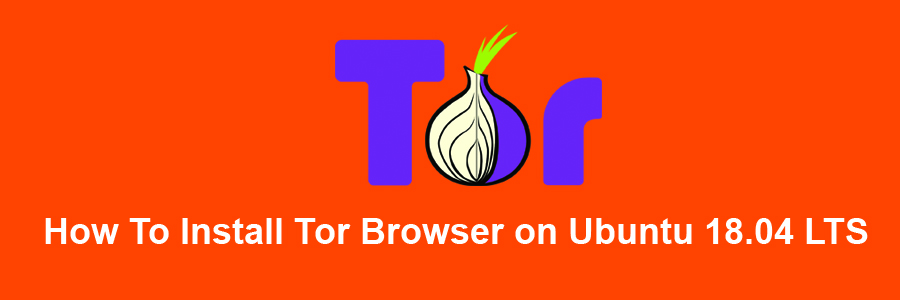CodeIgniter is a powerful PHP framework with a very small footprint, built for PHP coders who need a simple and elegant toolkit to create full-featured web applications.
This article assumes you have at least basic knowledge of Linux, know how to use the shell, and most importantly, you host your site on your own VPS. The installation is quite simple and assumes you are running in the root account, if not you may need to add ‘sudo’ to the commands to get root privileges. I will show you through the step by step installation CodeIgniter on a Ubuntu 18.04 LTS (Bionic Beaver) server.
Install CodeIgniter on Ubuntu 18.04 LTS
Step 1. First make sure that all your system packages are up-to-date
sudo apt-get update sudo apt-get upgrade
Step 2. Install LAMP (Linux, Apache, MariaDB and PHP) server.
A Ubuntu 18.04 LAMP server is required. If you do not have LAMP installed, you can follow our guide here. Also install all required PHP modules:
apt-get install php7.1-cli php7.1-gd php7.1-opcache php7.1-mysql php7.1-json php7.1-mcrypt php7.1-xml php7.1-curl
Step 3. Installing CodeIgniter on Ubuntu 18.04 LTS.
First, Download the latest stable release of Codeigniter:
wget https://github.com/bcit-ci/CodeIgniter/archive/3.1.8.zip unzip 3.1.8.zip cp -r CodeIgniter-3.1.8 /var/www/html/codeigniter
We will need to change some folders permissions:
chown -R www-data:www-data /var/www/html/codeigniter chmod -R 777 /var/www/html/codeigniter/
Step 4. Configuring Apache web server for CodeIgniter.
Create a new virtual host directive in Apache. For example, create a new Apache configuration file named ‘codeigniter.conf’ on your virtual server:
touch /etc/apache2/sites-available/codeigniter.conf ln -s /etc/apache2/sites-available/codeigniter.conf /etc/apache2/sites-enabled/codeigniter.conf nano /etc/apache2/sites-available/codeigniter.conf
Add the following lines:
<VirtualHost *:80> ServerAdmin [email protected] DocumentRoot /var/www/html/codeigniter ServerName your-domain.com ServerAlias www.your-domain.com <Directory /var/www/html/codeigniter/> Options FollowSymLinks AllowOverride All Order allow,deny allow from all </Directory> ErrorLog /var/log/apache2/your-domain.com-error_log CustomLog /var/log/apache2/your-domain.com-access_log common </VirtualHost>
Now, we can restart Apache web server so that the changes take place:
sudo a2ensite codeigniter.conf sudo a2enmod rewrite sudo systemctl restart apache2.service
Step 5. Accessing CodeIgniter.
CodeIgniter will be available on HTTP port 80 by default. Open your favorite browser and navigate to http://yourdomain.com or http://server-ip and complete the required the steps to finish the installation. If you are using a firewall, please open port 80 to enable access to the control panel.
Congratulation’s! You have successfully installed CodeIgniter. Thanks for using this tutorial for installing CodeIgniter on your Ubuntu 18.04 LTS (Bionic Beaver) system. For additional help or useful information, we recommend you to check the official CodeIgniter web site.



